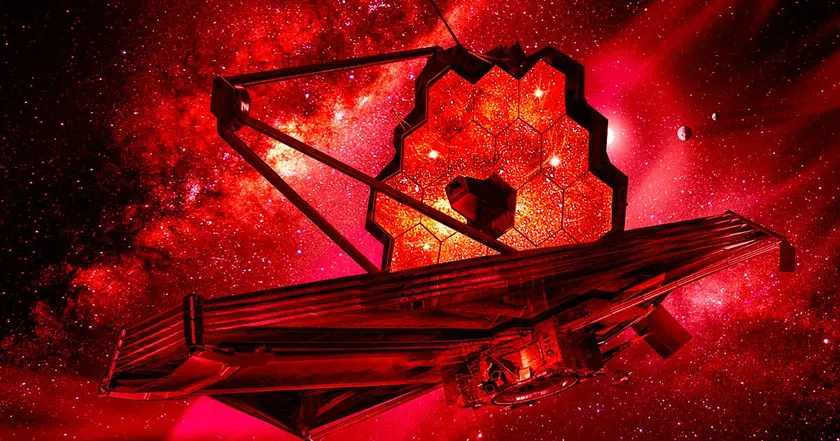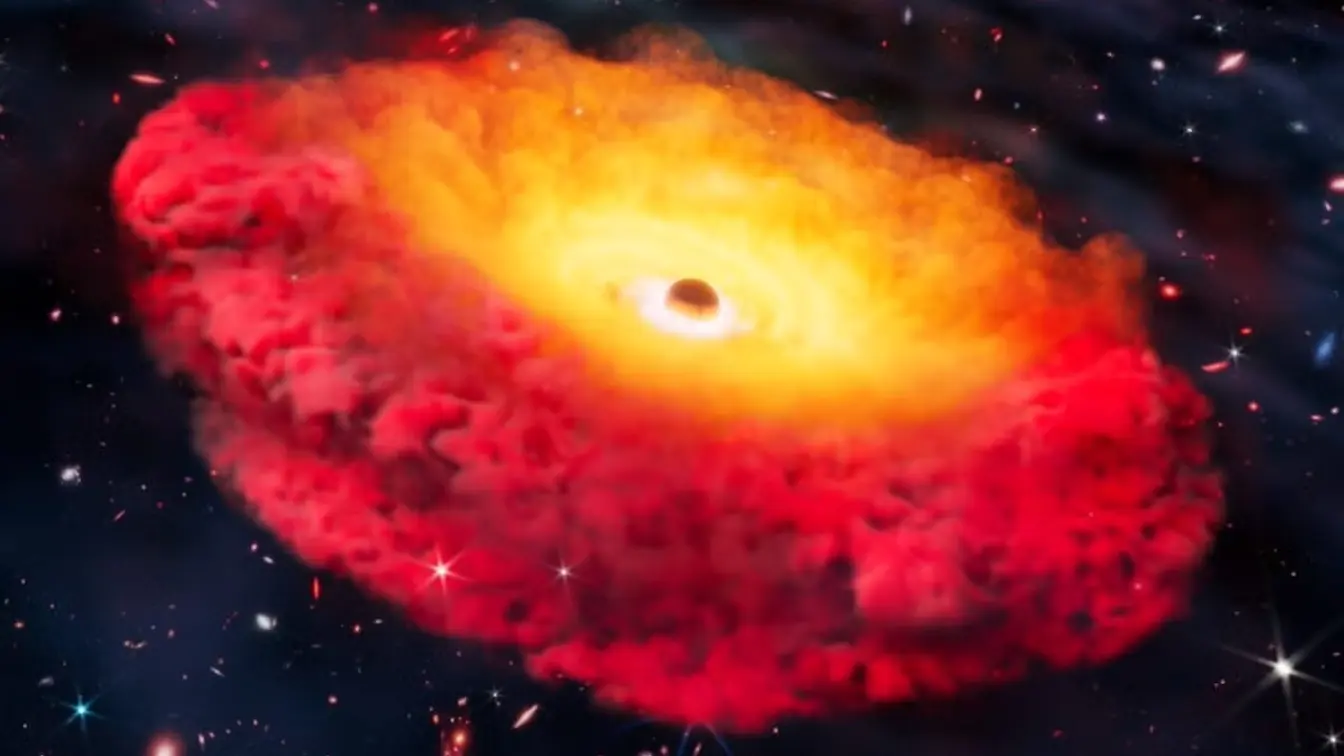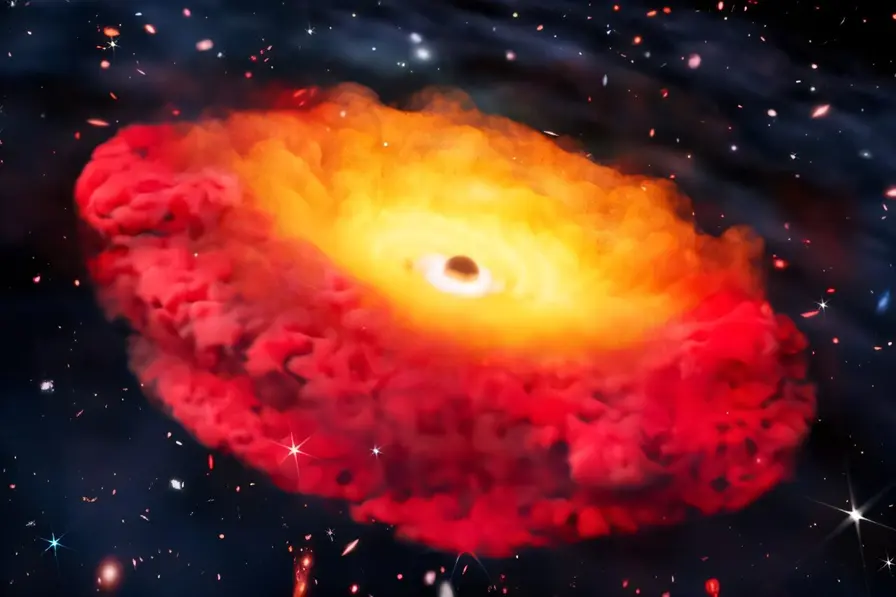T4K3.news
Little Red Dots update
Astronomers propose slow spinning halos as the origin of the faint red dots seen by Webb; more data expected soon.

A new study argues tiny slow spinning galaxies in dark matter halos explain the faint red signals seen by Webb.
Astronomers Solve the Little Red Dots Mystery
Two years after the James Webb Space Telescope began its work, astronomers flagged a puzzling set of faint red dots in the early universe. They originate from about one billion years after the Big Bang and remain hard to classify because they are both very faint and small. The leading idea was that they are unusually compact galaxies, but their small size makes that explanation hard to reconcile with known physics and their lack of bright signatures.
Key Takeaways
"Dark matter halos are characterized by a rotational velocity some spin very slowly and others spin more rapidly."
Loeb explaining the low spin idea
"We showed that if you assume the little red dots are typically in the first percentile of the spin distribution of dark matter halos then you explain all their observational properties."
Pacucci describing the model
"Low spin halos tend to concentrate mass in the center which makes it easier for a black hole to accrete matter or for stars to form rapidly."
Pacucci on implications for black holes
"The luminous red dots might help us understand how the first black holes formed and co evolved with galaxies in the early universe"
Pacucci on significance
A new study by Avi Loeb and Fabio Pacucci pushes the idea that these red dots are real galaxies that have not yet spun up to full speed. They link the dots to dark matter halos that occupy the slowest end of the spin distribution, arguing that this keeps the galaxies compact for longer. If true, the dots become a window into the early spin history of halos and the first steps of galaxy growth.
But other teams point to a different possibility, calling them black hole stars: an active supermassive black hole surrounded by a thick gas shell that dims most light. The low-spin idea does not rule out central black holes, yet it emphasizes halo rotation as a key signal guiding how we read the data. The field now faces a clear split between two credible interpretations and a test bed for future observations.
Highlights
- Slow spins light the path to the first galaxies
- Tiny halos big questions about the early cosmos
- The faint dots demand bold tests not easy answers
- Dark matter still writes the origin story of galaxies
Controversy around speculation on alien life and public reaction
The article notes Avi Loeb's speculative theories about aliens and presents competing explanations for the red dots. This could trigger public debate and criticism within the scientific community.
As new data arrive, the early universe story will sharpen and change shape.
Enjoyed this? Let your friends know!
Related News

JWST finds earliest black hole in the universe

Astronomers confirm the universe's earliest black hole

M&S launches massive summer sale with discounts

Public beta of iPadOS 26 released

Match update

Nothing Phone 3 launched with unique design

Julio Torres reshapes Hollywood with color driven surrealism

India sets daunting target for England in final Test
